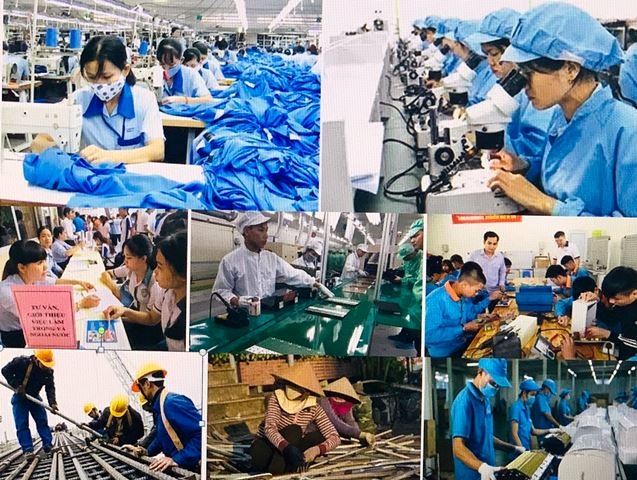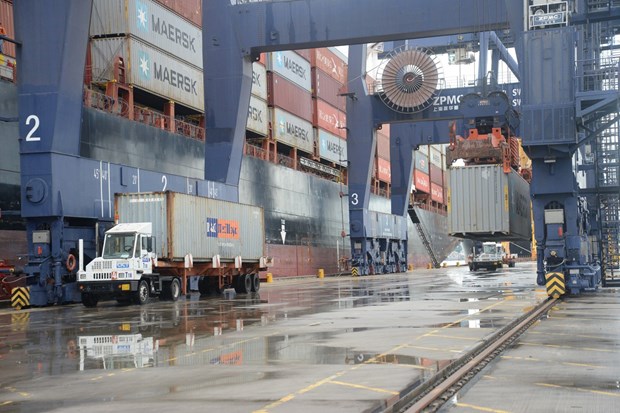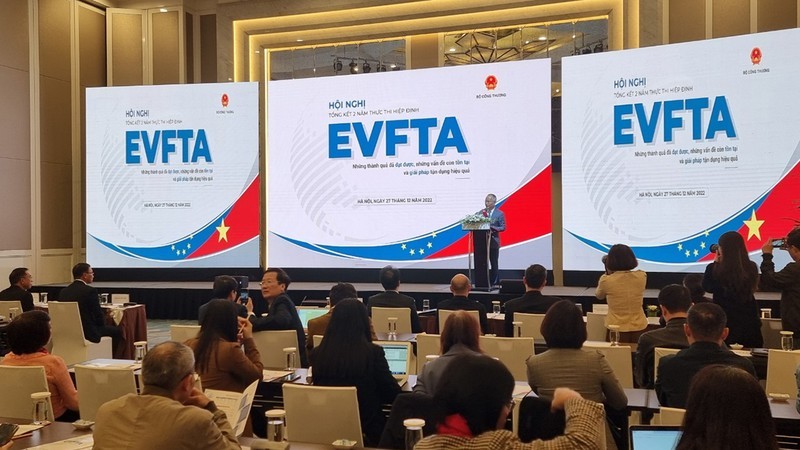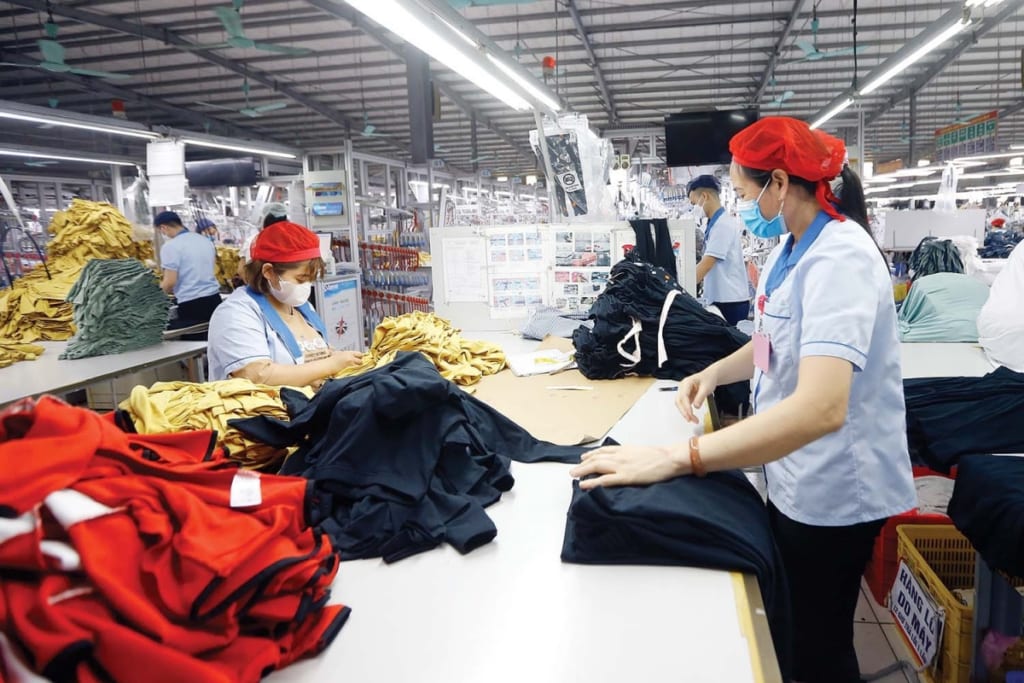
Introduction
Vietnam, a country steeped in rich history and breathtaking landscapes, has made significant strides in the global economic arena. While it’s known for its captivating culture and delicious cuisine, there’s another facet that often garners attention – cheap labour in Vietnam. In this in-depth exploration, we will delve into the multifaceted world of affordable workforce in this Southeast Asian nation. From understanding its impact on the global economy to its implications for local communities, we aim to provide you with a holistic view of this complex subject.
Cheap Labour in Vietnam: A Closer Look
Cheap labour in Vietnam is more than just a catchphrase. It’s a cornerstone of the nation’s economic growth and an integral part of its development story. Let’s explore this topic in detail.
The Genesis of Cheap Labour
To comprehend the phenomenon of cheap labor in Vietnam, we must trace its origins. Decades of conflict and economic isolation following the Vietnam War left the country economically devastated. In the late 20th century, Vietnam started opening its doors to foreign investments, gradually transforming its economy into a vibrant market-oriented system.
Economic Boom and Global Integration
Vietnam’s strategic location, a young and diligent workforce, and favorable policies attracted multinational corporations seeking cost-effective production bases. This led to an economic boom, positioning Vietnam as a key player in the global supply chain.
Advantages of Cheap Labour
1. Cost Competitiveness
Vietnam’s low labour costs make it an attractive destination for businesses looking to reduce production expenses. This has resulted in the creation of numerous job opportunities for the Vietnamese population.
2. Industrial Diversity
Cheap labour is not limited to a single industry in Vietnam. It spans across various sectors, including manufacturing, textiles, electronics, and more. This diversification has further strengthened the country’s economic resilience.
The Human Face of Cheap Labour
While the economic benefits are evident, it’s essential to acknowledge the human aspect of this phenomenon.
1. Workforce Challenges
The rapid expansion of industries has put immense pressure on the Vietnamese labour force. Issues such as long working hours, inadequate labour rights, and unsafe working conditions have garnered attention.
2. Migration Patterns
Cheap labour has also led to internal migration within Vietnam, with people from rural areas flocking to urban centers in search of employment. This has created urbanization challenges and social disparities.
FAQs
Q: Is cheap labour in Vietnam solely about low wages?
A: No, it encompasses various factors such as affordable workforce, favorable business environment, and cost-effective production.
Q: What industries benefit the most from cheap labour in Vietnam?
A: Industries like manufacturing, textiles, and electronics are some of the primary beneficiaries.
Q: Are there any drawbacks to cheap labour in Vietnam?
A: Yes, challenges like poor working conditions and labour rights violations are areas of concern.
Q: How has cheap labour impacted the Vietnamese workforce?
A: It has created job opportunities but also led to issues like internal migration and social disparities.
Q: Is Vietnam the only country with cheap labour?
A: No, several countries in Southeast Asia and beyond offer competitive labor costs.
Q: What is the government doing to address labour issues in Vietnam?
A: The Vietnamese government has introduced reforms to improve labour rights and working conditions.
Global Impact
The implications of cheap labour in Vietnam reverberate globally. Let’s examine how this phenomenon affects the international economic landscape.
Supply Chain Resilience
Vietnam’s robust presence in the global supply chain ensures diversified sourcing options for businesses worldwide. This resilience became especially evident during the COVID-19 pandemic when disruptions in other regions led to increased reliance on Vietnamese production.
Trade and Investment Opportunities
Foreign direct investment (FDI) in Vietnam continues to rise, signifying confidence in the country’s economic stability. This not only bolsters Vietnam’s economy but also strengthens its position as a global trade partner.
Conclusion
Cheap labor in Vietnam is a multifaceted subject, one that plays a pivotal role in the nation’s economic development. While it offers immense opportunities for businesses and workers alike, it also poses challenges that need to be addressed. As Vietnam continues to navigate this delicate balance between economic growth and human welfare, the world watches with keen interest. The evolution of labour in Vietnam is a testament to the nation’s resilience and adaptability in the face of changing global dynamics.
Remember, understanding the complexities of cheap labour in Vietnam goes beyond mere statistics and figures; it’s about appreciating the human stories, the challenges, and the triumphs that shape this dynamic landscape.
Follow our channel for more updated news of Vietnamese labour market



